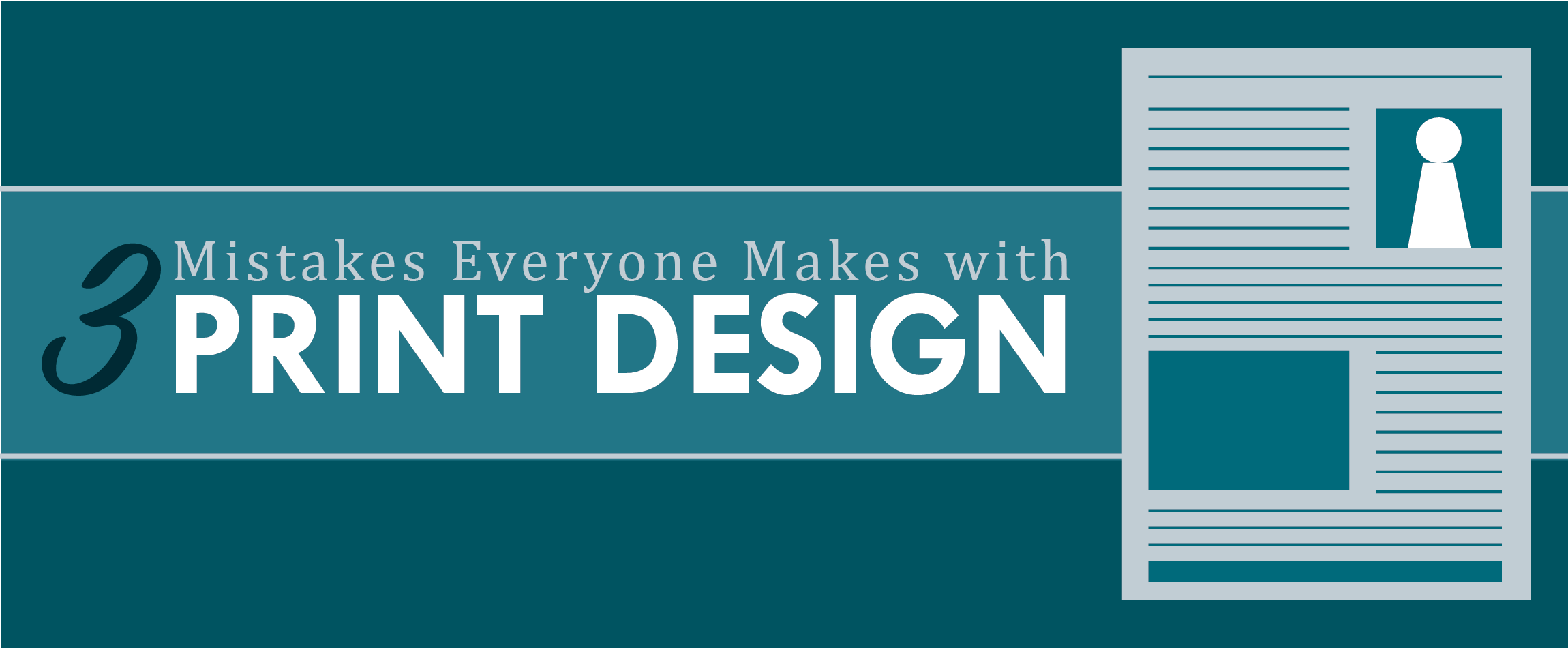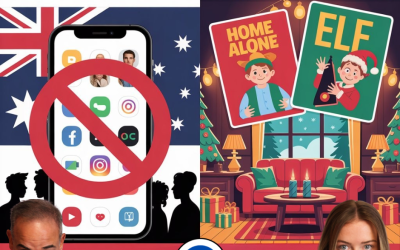Graphic design is about the eye and the mind. It’s about finding a new and creative way to solve an old problem. A trained designer will understand how to answer these questions and solve these problems in the best way possible.
But sometimes, a quick job or budget constraints mean that you may have to create the artwork yourself. In this case, there are also plenty of measurable skills that almost anyone can use to improve how the final product of their design will come out.
Print is a physical medium, so there are many practical problems that need to be considered when making your artwork. Today, we’re going to cover three things to consider due to the process of cutting, or trimming, the paper. In general, any print job is run on a sheet of paper larger than the final size. For example, if you are making a flyer that is 8 1/2″ x 11″, or the size of a sheet of copier paper, it will most likely be printed on a sheet of paper that is 9 1/2″ x 12″, give or take, and then trimmed down the final size afterward. This physical process gives some speed bumps to consider when creating artwork.
Margins
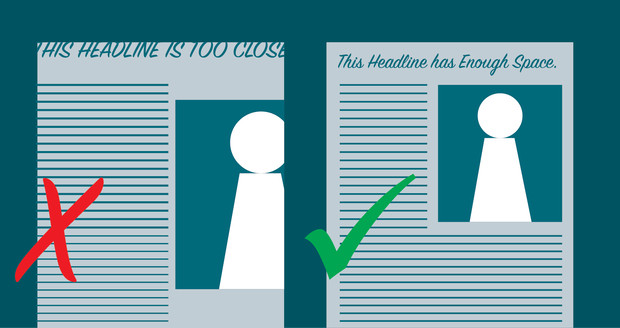
An easy way to ruin your final job is to put your content, like text or important images, close to the edge of the sheet. When setting up a page, it’s easy to look at your white space and think you can fill all of it with your artwork. This isn’t the case. There needs to be a margin on the sides, top, and bottom to avoid anything important being cut off. If your headlines or text get too close to the edges, they run the risk of being trimmed off by accident. In this case, the printer is not to blame for it, and you are left with a job that is basically unusable. A safe distance to put anything important on your page is at least 1/4 inch from the edge of the sheet. This will give the printer enough room to work with the wiggle in the sheets as they trim them down, without worrying too much about cutting anything off.
Bleeds
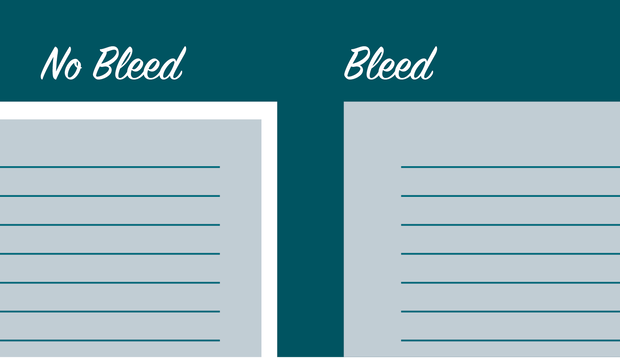
In print work, and color or background that is supposed to run to the edge of the page without white showing is called a “bleed”. In order to correctly get this effect, the image needs to “bleed” over the edge. This means that when the art is printed on the larger sheet, the background will be a little bigger than the trimmed size. This may sound like opposite advice from the margin section, but the difference is that the background shouldn’t have anything important, like pertinent information or images, it should be a simple color or an image that isn’t of absolute necessity.
Alignment
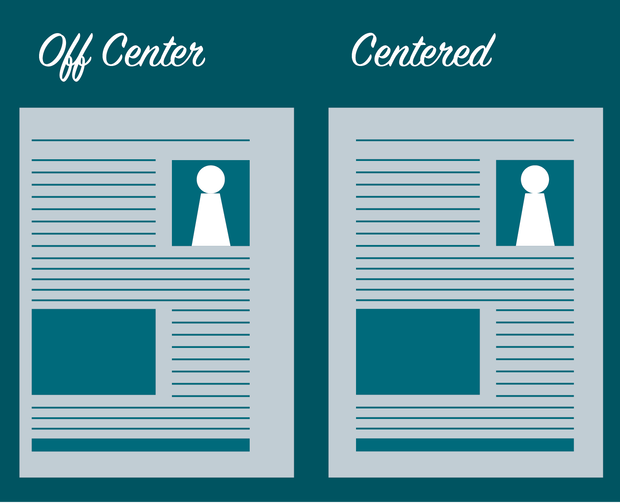
Another aspect to easily overlook is the alignment of the artwork. Are all the elements centered on the page, or are they a little farther left or right? This can wreak havoc on your design. Without properly centered artwork, the printer will cut it as sent, which will make your page look lopsided. Sometimes, printers will try to correct it for you and center the page, but this can lead to problems with bleed, or even frustration from the printer from dealing with troublesome artwork.
Simply following little guidelines like this will instantly make whatever you create begin to look more professional. But remember, whenever possible, you should hire a professional to make the most out of your project and show your company in the best light. When the need arises, remember we at Hasseman Marketing offer full-service design, start to finish. Give us an idea, and we will take it to new heights.
Want more great content like this? Sign up for our VIP list! Get access to our weekly content and special deals…by simply going here! Sign up today!


